Summary
The ideal streamflow range for Boulder Creek is between 200 and 800 cubic feet per second (cfs), with the highest flows occurring in late May and early June. The river is classified as a Class III to IV, meaning it has moderate to difficult rapids with high waves and narrow passages.
The segment of Boulder Creek used for whitewater rafting is 6.5 miles long, starting at the Boulder Creek Trailhead and ending at the South Fork of the Payette River. This stretch of river features a variety of rapids and obstacles, including Boulder Drop, a popular Class IV rapid with a steep drop and large waves.
There are specific regulations in place for whitewater rafting on Boulder Creek. All river users must obtain a permit from the Boise National Forest, and commercial outfitters are required to have a special use permit. Additionally, all rafters must wear a Coast Guard-approved personal flotation device (PFD) and helmets are strongly recommended.
In summary, Boulder Creek is a thrilling whitewater river in Idaho with an ideal streamflow range between 200 and 800 cfs. The 6.5-mile segment is classified as Class III to IV, featuring exciting rapids like Boulder Drop. Specific regulations and permits are required for rafting on the river to ensure safety for all users.
River Run Details
| Last Updated | 2025-06-28 |
| River Levels | 8220 cfs (22.42 ft) |
| Percent of Normal | 101% |
| Status | |
| Class Level | iii-iv |
| Elevation | ft |
| Streamflow Discharge | cfs |
| Gauge Height | ft |
| Reporting Streamgage | USGS 13172500 |
Weather Forecast
Nearby Streamflow Levels
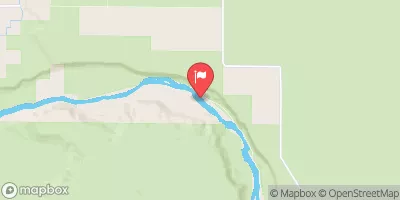 Snake River Nr Murphy Id
Snake River Nr Murphy Id
|
6640cfs |
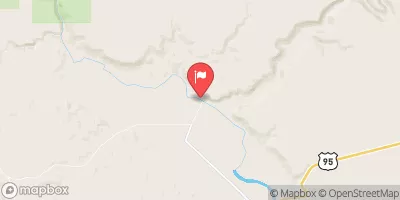 Owyhee River Nr Rome Or
Owyhee River Nr Rome Or
|
267cfs |
 Ef Owyhee River At Crutcher Crossing
Ef Owyhee River At Crutcher Crossing
|
98cfs |
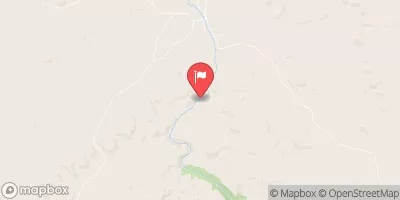 Bruneau River Nr Hot Spring Id
Bruneau River Nr Hot Spring Id
|
149cfs |
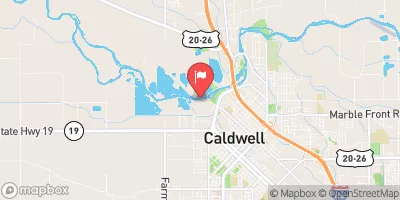 Boise River At Caldwell
Boise River At Caldwell
|
577cfs |
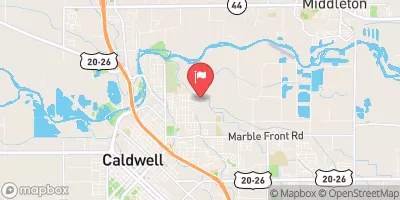 Mason Creek Nr Caldwell Id
Mason Creek Nr Caldwell Id
|
46cfs |


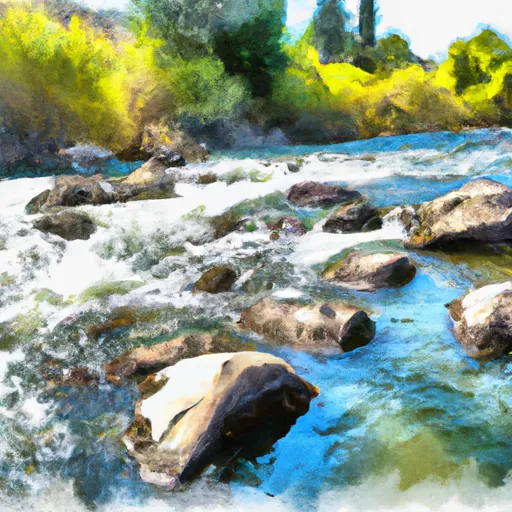 Boulder Creek
Boulder Creek
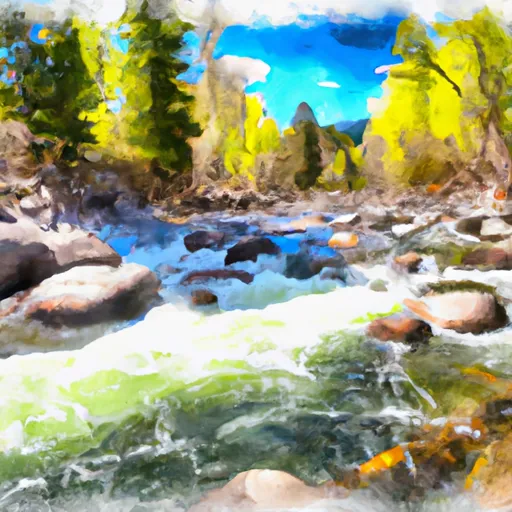 North Fork Boulder Creek
North Fork Boulder Creek
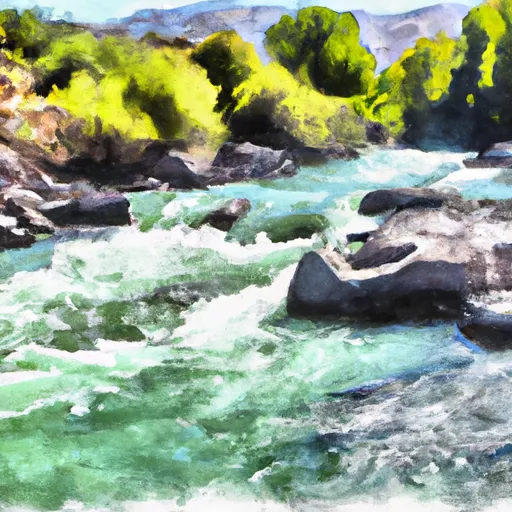 Rock Creek
Rock Creek